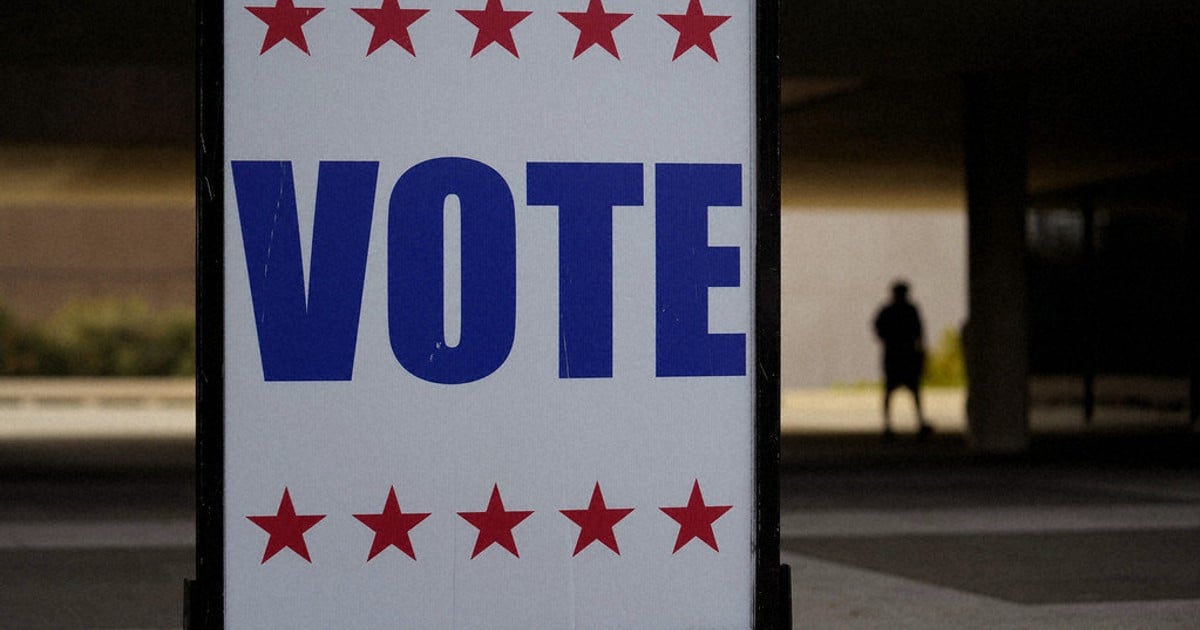PHOENIX (AP) – The 2024 presidential election is drawing an unusually robust field of independent, third party and long shot candidates hoping to capitalize on Americans’ ambivalence and frustration over a likely rematch between Democrat Joe Biden and Republican Donald Trump.



You actually have it backwards.
Ranked Choice (otherwise known as Instant Runnoff Voting) is the worse system by far.
It comes down to the mechanics of both.
See, IRV is just a bunch of small FPtP elections all on one ballot. This causes issues and extremely odd behaviors, that can result in the Condorcet winner, actually losing the election.
IRV also has spoiler effects and horrible counting procedure.
Did you know that to count an IRV election, you need to transport all ballots to a centralized location? It literally cannot be counted at the polling location due to the way the counting (and recounting) works.
Also, IRV is one of the only voting systems ever invented to fail the Monotonicity criterion, i.e. ranking a candidate lower can sometimes lead to them winning the election. The likelihood of this happening approaches 100% the more candidates you have on the ballot.
In Contrast, with STAR, You rate each candidate independently of the others on the ballot. You can have multiple candidates rated at the same level.
This independent rating removes the spoiler effect completely, because you’re never forced to vote A instead of B.
So, you’ve rated all your candidates on a scale of 0-5, then the counting happens. It can be done at the polling location. Each polling location reports the number of ballots cast, and the total scores of each candidate.
This gives you a lot of data about each polling location. Particularly, you can average out those scores. This lets you know how the total population feels about any given candidate, not just how their direct supporters feel.
Anyway, the total scores for the election are added up, and the top two candidates are then put into an automatic runoff.
This automatic runoff is done ballot by ballot, if A is rated higher on that ballot than B, the final vote goes to A. If they’re rated the same, then the final vote is tallied as “No Preference” and here’s the important part, the No Preference votes are also reported in the final count.
So in your example with four candidates, You have to ask more. Do Red voters also like Green? Do Blue voters like Yellow? That actually matters in the final count.
It’s not just “my top pick didn’t win, so now it’s down to my less favorite” (Although that does happen as well).
The best way to look at the results of a STAR election is to average out the scores. So, the candidates with a 3.8 and a 4.1 end up in the automatic runoff, while the candidates who got 2.5 and a 3.6 are dropped from the election.
Then each ballot is checked, and if the candidate with a 4.1 does better on that ballot, they get the vote.
The actual averages will likely be different. Districts that lean heavily one direction or the other might see a candidate with a very high average, districts that are more competitive will see winning averages in the 2s and 3s.
This would also change the strategy around getting campaigning. Less negativity and mud slinging, more focus on issues and driving engagement.
You can’t win on just being “Not the other guy”.
Big thank you for writing all that out. There’s a lot of dynamics here I am not knowledgeable about, so I appreciate you providing links as well. I’ll have to read more on this before getting back to you. After your explanation, I have a much better understanding of the intended value of STAR. My gut is still saying that STAR will not allow 3rd parties into a polarized political environment, but I have no data to back that up. I just feel that people will vote 0 for the candidate they least want, 5 for the one they want, and 3 for the one they’re ambivalent about and that will devolve STAR to a two-round ranked choice that favors the two biggest political parties. Again, that’s definitely possibly me just not fully understanding the system. I’ll have to read more, crunch numbers, and see what numbers others have crunched and get back to you. Definitely very interesting and I love the concept of rating politicians independent of each other.
The main reason why STAR and other Cardinal voting systems can help grow third parties, is they don’t punish the voter for supporting them.
That 3 rating that you give someone, You can give a bunch of them and not change the 5 rating that you also gave.
One of the most common attacks against a voting system is called Cloning. You take a somewhat popular candidate and run someone who has almost exactly the same platform. Both then suffer from splitting the vote between the two.
STAR and other Cardinal systems are immune to this attack. There’s no vote splitting, because the (initial) votes are completely independent of each other.
Things can get a bit odd if two clone candidates make it to the final two, but even then, they theoretically have the same platform, and the voting public should be mostly happy with either one.
But that’s where the tallied “No Preference” votes come in, to tell the winner just how little they’re preferred over their closest rival.